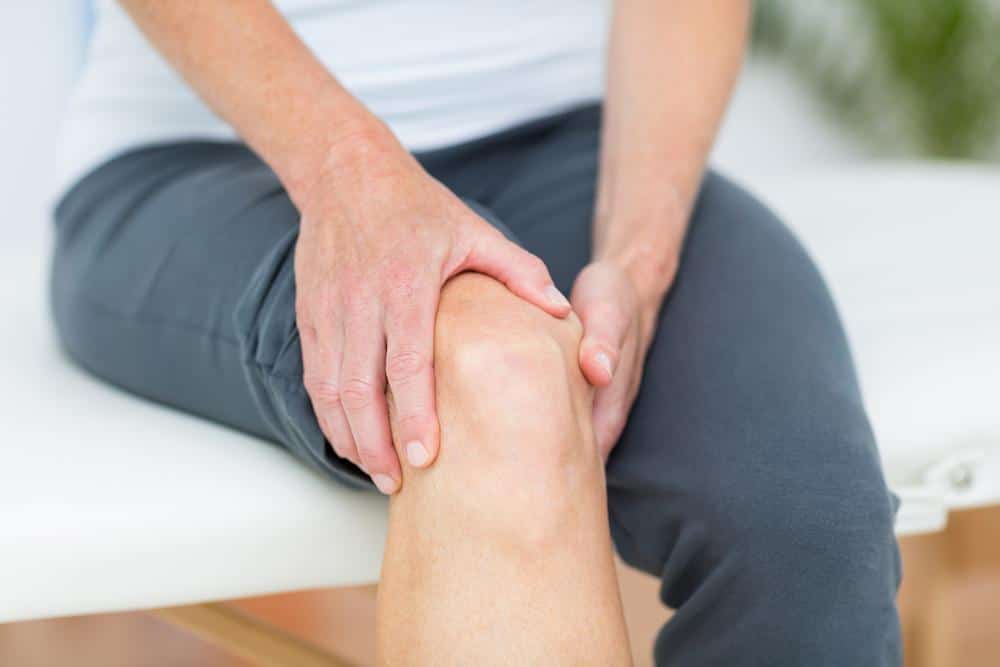
12 Oct 5 Reasons to Try PRP for Your Joint Pain
Joint pain from an injury or arthritis can cause pain and dysfunction that makes it hard to function normally or do the things you enjoy.
Conventional treatment for joint pain consists of potentially habit-forming medications, cartilage-degenerating steroid injections, or invasive surgery. But platelet-rich plasma (PRP) therapy offers a safe, natural alternative to these less-than-ideal options. PRP taps into your body’s natural healing abilities to restore function and reduce pain and stiffness.
Platelets are one component of your blood, along with other blood cells and the liquid plasma. Platelets are rich in growth factors that can heal wounds and injured tissues, and when they’re concentrated, their effects are remarkable.
To create platelet-rich plasma, a sample of your blood is drawn and spun down in a centrifuge to concentrate the platelets. This blood is then treated and injected into injured joints to stimulate your body’s ability to heal itself.
Here is Paul Elliot Hughes, MD, we tell our patients that platelet-rich plasma therapy has extraordinary potential in reducing and even halting joint pain. We’d like to share a few reasons why PRP therapy is beneficial for healing painful joints.
1) Natural healing
Platelet-rich plasma capitalizes on your body’s own dramatic healing capacity. Your body knows best what you need to heal — why not prompt your joints to listen to these signals? PRP requires no artificial additives or foreign substances.
2) Drug-free therapy
PRP does not involve the use of external substances. It comes from your own blood, so there’s no chance of your body rejecting it or experiencing major side effects. PRP doesn’t mask your pain as pain-relievers and anti-inflammatories do. It addresses pain at the source to help you heal. Plus, you don’t have to worry about possibly becoming hooked as you might with prescription medications.
3) Quicker healing
When you use surgery or physical therapy as a sole treatment for joint pain, relief is long in coming. With surgery, you have to recover from the invasive procedure and let your tissues heal. Then you have weeks and often months of rehabilitation to learn how to use the joint again.
With physical therapy, it takes a lot of time to strengthen the muscles around the joint and change movement patterns to help reduce pain. Physical therapy can be beneficial in conjunction with PRP, so you can eliminate dysfunctional movements that contribute to pain, but physical therapy alone may only offer a reduction in pain, not an elimination.
Platelet-rich plasma therapy offers a reduction in pain, often in as little as eight weeks.
4) Long-term solution
Platelet-rich plasma therapy is a longer-term solution to joint pain when compared to steroid injections which only help pain subside for a few months at most. Plus, your joints can only tolerate so many steroid injections, because, with repeated use, steroids actually lead to the destruction of your cartilage. Worn-down cartilage is a major contributor to joint pain, especially in osteoarthritis.
When PRP stimulates your body’s own self-healing, you may even generate new tissue — including cartilage.
5) Non-invasive
PRP therapy requires no incisions, no blood loss, and has little risk of infection. You’ll have no scars that remain after healing either. You don’t have to take time off work or deal with hospitalization with PRP because the procedure is done in our office. Following treatment, you can go about most of your regular activities.
If you’d like to talk about PRP therapy to help heal your joint pain, set up a consultation with Dr. Hughes. Call our office to make an appointment!


Sorry, the comment form is closed at this time.